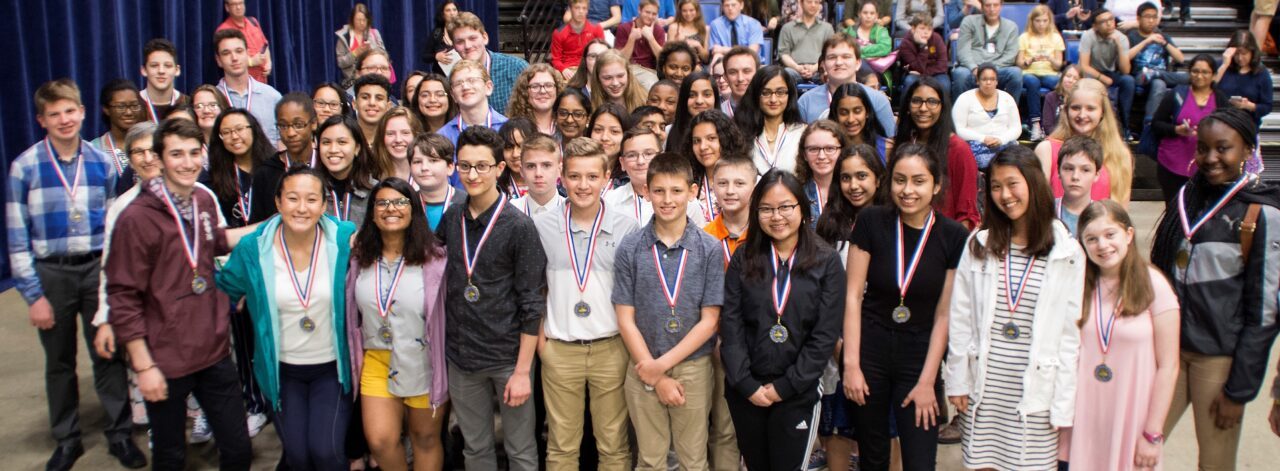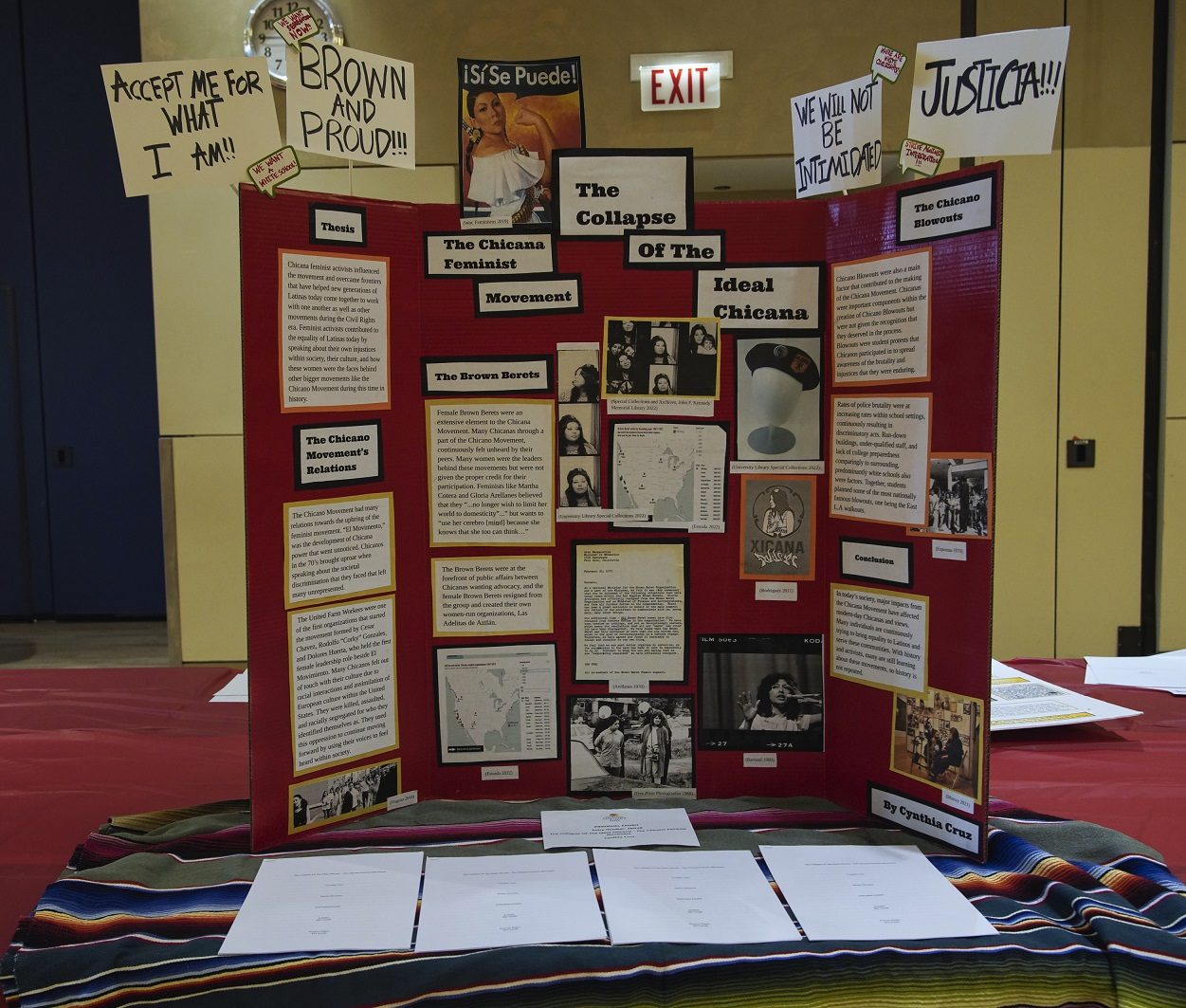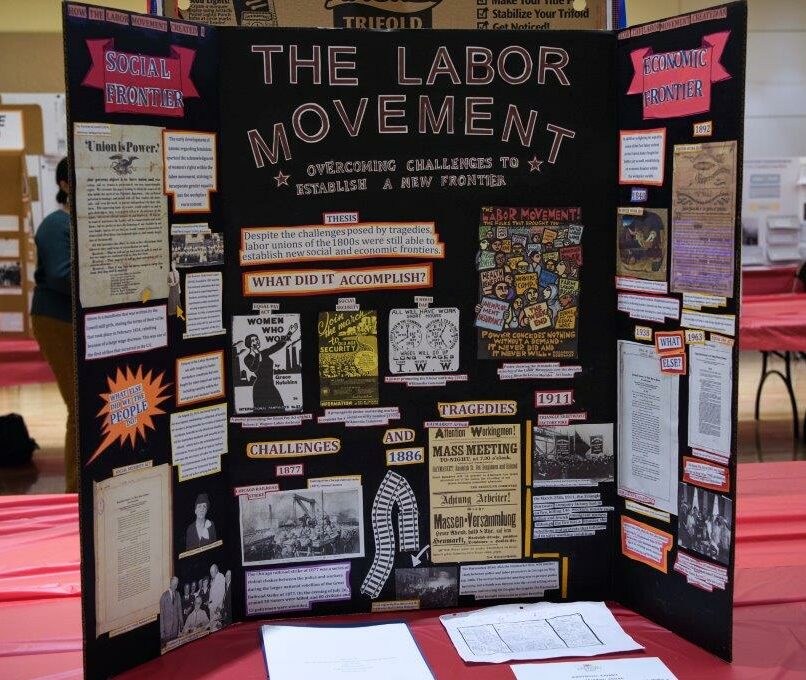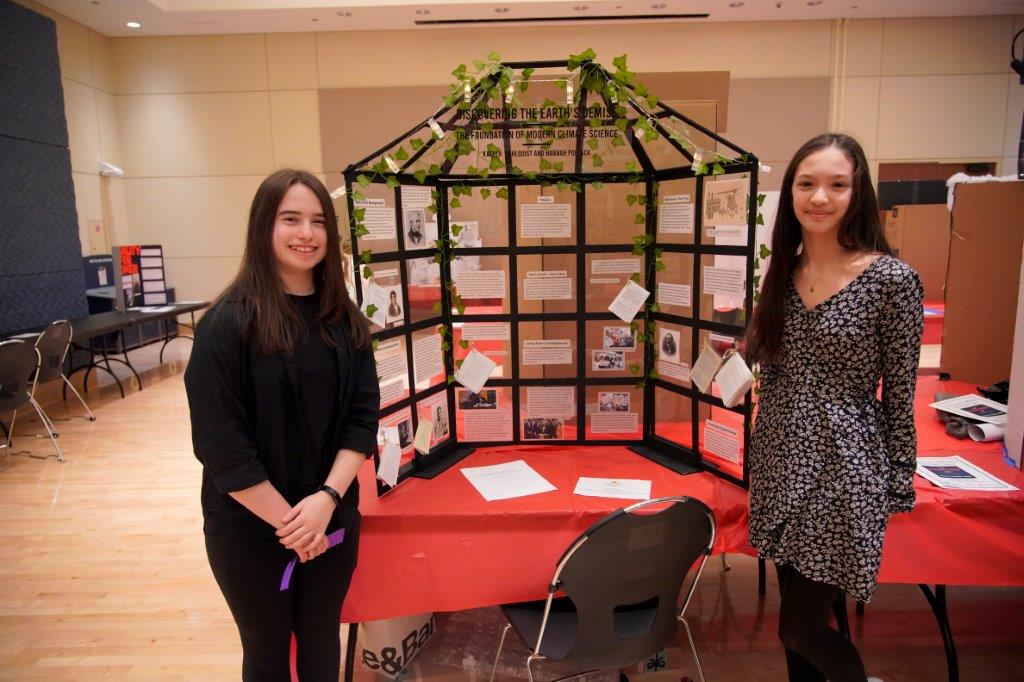Students
Chicago Metro History Day

How to Participate
History Day students typically participate through their schools. Ask your teacher if your school offers History Day. Schools may decide which classes, teachers, and grade levels are involved. Each participating school is allowed to send a limited number of projects in each category to compete at the CMHD Regional Contests in the spring. Your teacher is the final authority at your school in determining all rules and requirements for your project, including due dates and limitations on topics and categories.
If you are a student attending a school that does not participate in History Day, you may submit a History Day project as an Independent Scholar. In order to participate as an Independent Scholar, submit this form.
The History Day Project
Creating a History Day project is a big task, but if you use your time constructively, stay organized, and make use of all the resources available to you, you can create an amazing and successful project!
What does a successful History Day project look like?
Project Categories
There are five types of History Day projects: Exhibit, Performance, Website, Documentary, or Paper. Students may choose to participate individually or in small groups (except in the paper category, which is individual only). The resources below provide more information on each category type and provide examples.

Written Materials
Every History Day project must also include: (1) a Process Paper (PP) with title page and (2) an Annotated Bibliography (AB). The resources below provide tips and examples for each project category.

Five Steps for a Successful History Day Project
Step 1: Find Your Topic
Step 2: Ask Questions and Develop your Thesis
Step 3: Conduct Research and Analyze your Sources
Step 4: Develop Your Argument
Step 5: Tell your Story!

Awards
Projects competing in the Chicago Metro History Day regional contests are eligible to self-nominate for a variety of Student Special Awards. Awards are a great way to allow more people to see your project, look great on school applications, and include cash prizes for students!
See past student winners